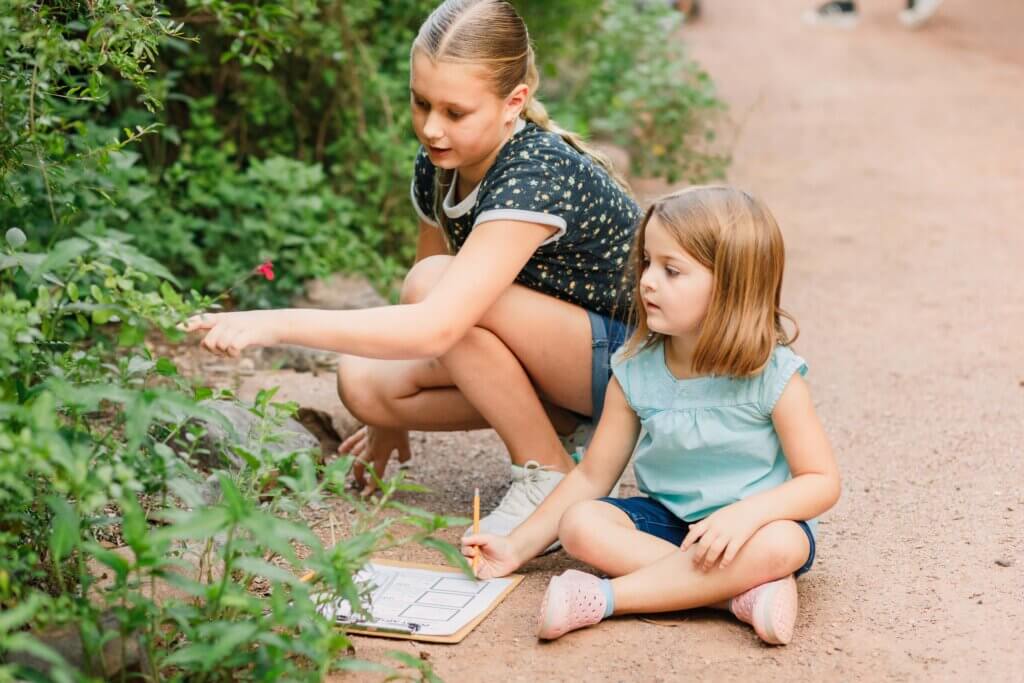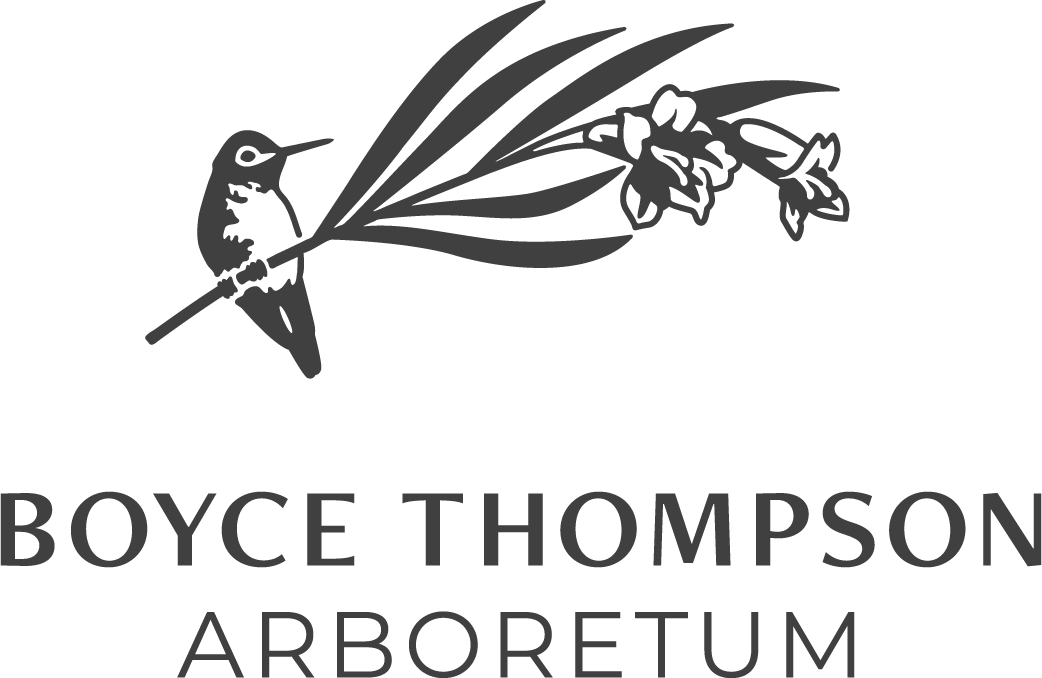Reconnect to Nature with a Phenology Wheel

While technology has helped us stay connected during a time of social distancing, the increased screen time also comes with some adverse health and social side effects- especially in our children. An antidote to some of these side effects is to spend time in nature! The health and education benefits of spending time in nature are well documented.
Time in nature can:
- Help children better cope with stress
- Promote healthy eyes
- Reduce anger
- Improved relationship skills
- Enhance educational outcomes by improving focus and behavior
- Foster a love of learning
Making a Phenology Wheel
One purposeful activity you and your kids (or grandkids) can do while spending time in nature is to make a phenology wheel. Phenology is the study of cyclic and seasonal natural phenomena, especially in relation to climate and plant and animal life.
In this activity, kids take a walk around the Arboretum, their neighborhood, a park, or find a spot in their yard to focus on. They pay particular attention to what they notice- the colors, the sounds, the smells, the plants, the animals that appear and document what they see. This activity invites our children to detach from the screens, engage their senses, develop their observation skills and utilize their creativity to connect to the natural world.
Ready to feel those benefits and connect with nature? Start by setting up a phenology wheel, and get outside!
Download our Phenology Wheel Template Here
or follow the steps below to create your own.
Materials:
- Piece of heavy paper or poster board (depending on your desired size)
- Large Plate or Bowl to trace around.
- Smaller Cup to trace around
- Marker
- Ruler
- Pencils, colored pencils, markers, etc.
Directions:
- Center the big plate/bowl on paper and trace around it
- Using the ruler, draw 2 lines, one horizontal and one vertical to divide the circle into 4 equal parts
- Now divide each quadrant into 3 sections as evenly as possible- resulting in 12 pie pieces. Don’t get too caught up in making each section exact.
- Center the small cup in the center and trace around it.
- On the outer edge of the larger circle, write the name of the months (this is a great time to review the months with younger kids)
Optional: Instead of months, record observations weekly.



Go Explore!
Pick a time each week (or day) to go explore nature outside. You could choose one plant to look at every time or have the same route you walk. While exploring, encourage deep observation by asking questions such as
“What do you notice?”
“What colors do you see?”
“What’s different today than last time”
“Do you see any birds?”
Make sure to note what the weather is like that day (windy, hot, rainy, cloudy, sunny, etc.)
If your phenology wheel is easily transportable, bring it with you to complete while outside. In the inner slice of the wheel record (in a picture or word format) what the weather is that day. In the larger section of the slice have your child draw, color or list what they observed (plants and animals). They may want to focus on just one thing they saw or record as many as possible, let them direct how they what to document their experience.

Alternatives: If your child loves photography, let them take pictures and then print them out and glue them to the wheel. Or, if your child is too small to draw in a small slice of a wheel, focus on colors and have them color the slices with all the colors you notice while out. You could also collect natural objects you see on the ground along the way (where permitted) and glue them on.
Ready to go deeper? Let your child pick a favorite plant or animal they encounter and learn more about it- What is it called? Is it native to where you live? What does it need to survive? What is its adaptation? Is it facing any environmental threats? What can you do to help?
Over the course of months (or weeks), you’ll have collected seasonal observations and reconnected to nature and each other. More resources regarding the benefits of connecting with nature in relation to children’s well-being visit can be found here.
